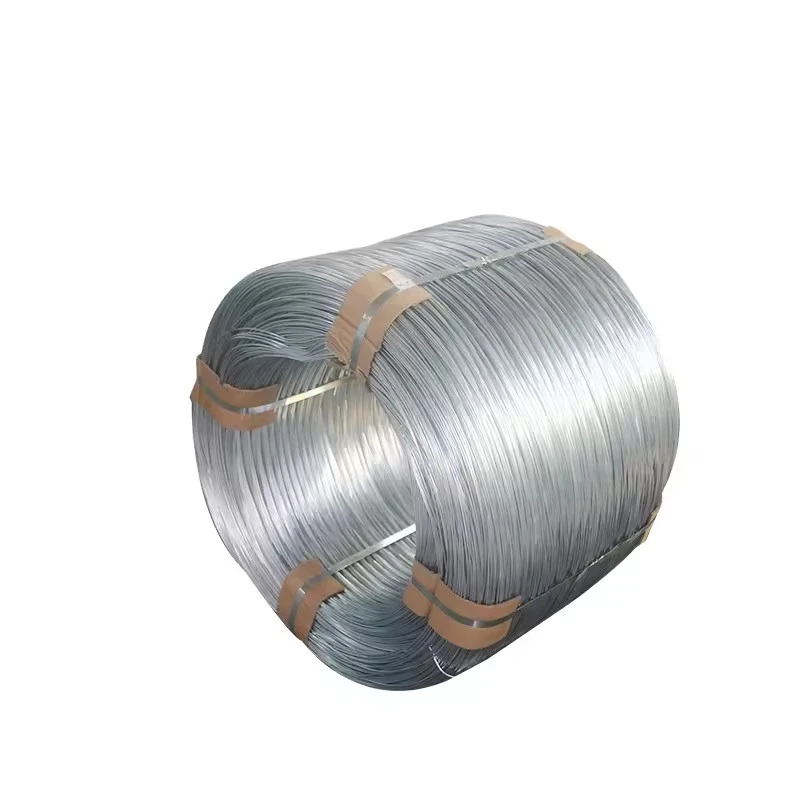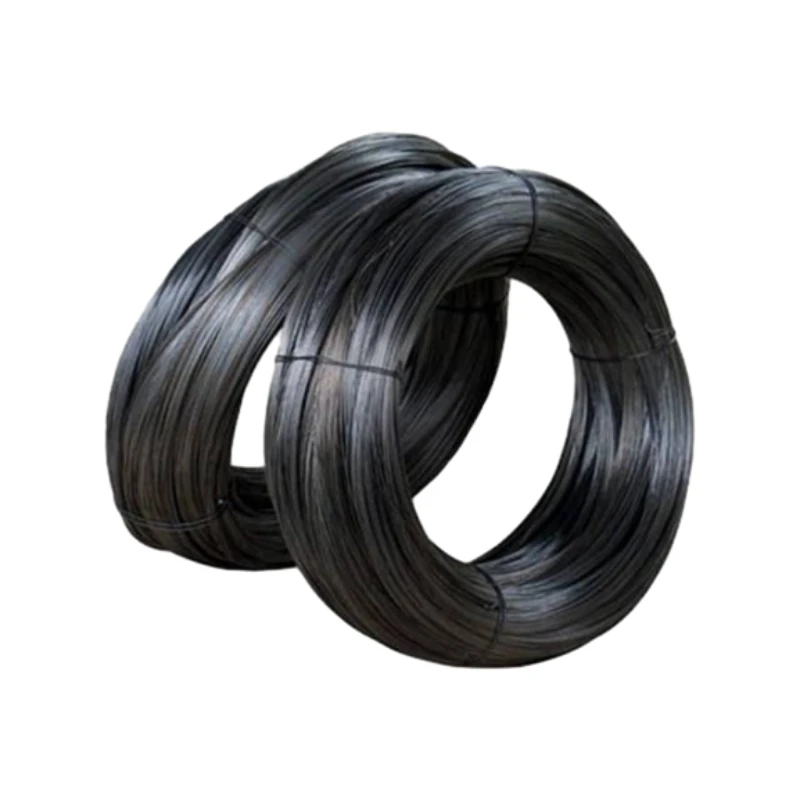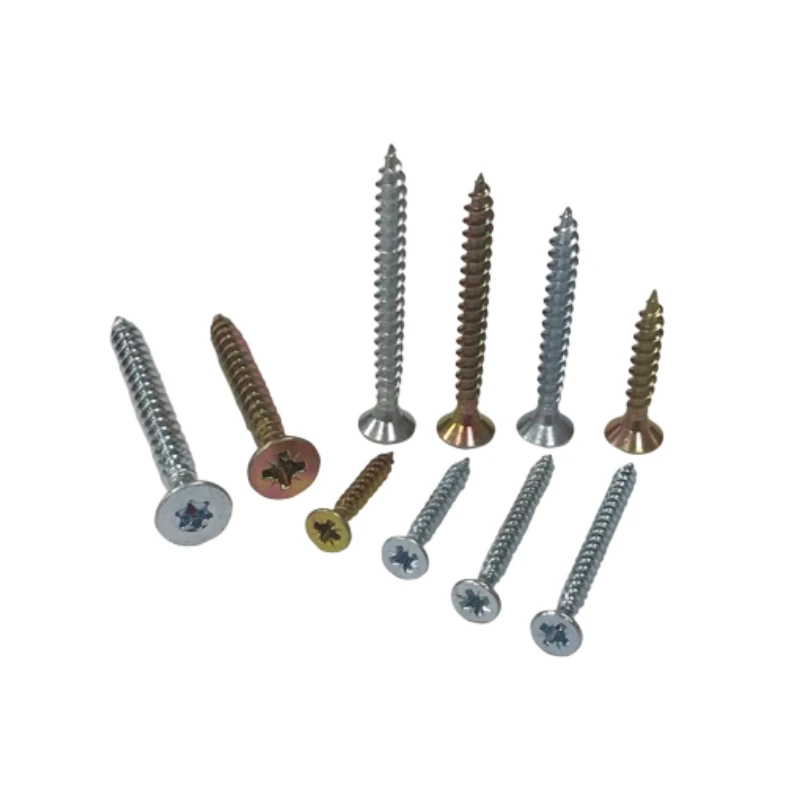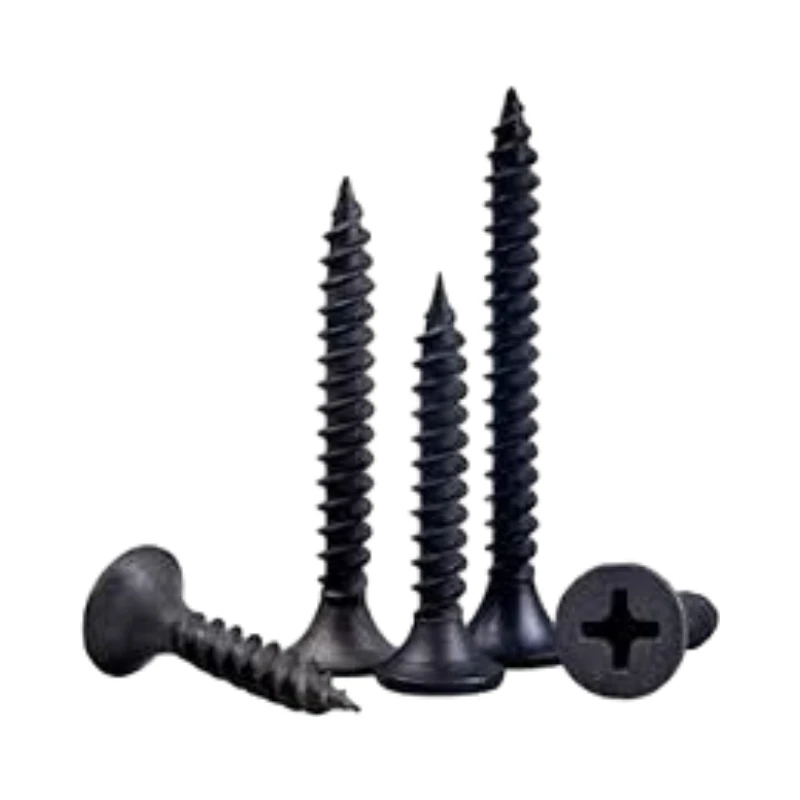
Talk With Us
+86-13601661296
Email Address
admin@sxjbradnail.comNov . 25, 2025 06:00
Back to list
Everything You Need to Know About 1 2 Brad Nails – Global Uses & Benefits
What Exactly Are 1 2 Brad Nails and Why Do They Matter?
If you’ve ever tackled a woodworking project or installed delicate trim around a room, you might have come across 1 2 brad nails. But beyond the DIY circle, these tiny, slender nails have found their niche globally — not just in workshops or factories, but also in industries and relief efforts where precision and reliability count. Understanding the role and value of 1 2 brad nails unlocks a small, yet powerful, piece of how modern construction and craft processes have evolved worldwide.Mini takeaway: Despite their size, 1 2 brad nails pack a punch in precision craftsmanship and industrial applications, proving small tools can have global significance.
Global Relevance in the Fast-Moving Construction Industry
You might not realize it, but brad nails, particularly the 1 2 inch variety, are something of a global staple in both commercial and residential construction. According to ISO standards on fasteners and construction materials, nails like these must meet very specific guidelines to ensure safety and performance. The World Bank estimates that construction and related industries account for over 13% of global GDP, underscoring the sheer scale of building activity worldwide. Yet here’s a challenge: balance the need for precise, delicate fastening in specialized projects — like cabinetry or trim — with the demand for fast construction cycles and cost efficiency. That’s where 1 2 brad nails come in, bridging finesse and function in a tiny package.Mini takeaway: Even minor components, like 1 2 brad nails, play a pivotal role in meeting huge industry demands that require both speed and quality.
Understanding 1 2 Brad Nails: Definition & Practical Meaning
Putting it simply, 1 2 brad nails are thin, small nails generally about half an inch long and typically 18-gauge thick. Their slender design ensures they leave minimal holes, making them ideal for delicate joinery or trim work where aesthetics matter as much as strength. The word “brad” originally referred to a thin nail used in shoemaking and later adopted into woodworking and industrial fastening. Modern use connects these nails to industries where reliable, near-invisible fastening is necessary. Think furniture assembly lines in Europe, precision cabinetry in North America, or even humanitarian shelter construction, where minimal damage to panels or lightweight frameworks is a must. Brads aren’t just nails; they’re enablers of projects demanding subtle, durable joining without undue bulk or weight.Mini takeaway: The small size and precision of 1 2 brad nails make them indispensable in industries valuing subtlety and delicate finishes.
Key Characteristics That Define 1 2 Brad Nails
| Specification | Details |
|---|---|
| Length | 1/2 inch (12.7 mm) |
| Gauge (Thickness) | 18 gauge (approx. 1.02 mm diameter) |
| Material | Galvanized Steel, Stainless Steel, or Brass |
| Head Type | Small round or no head for subtle finish |
| Usage | Finish carpentry, furniture assembly, trim installation |
1. Durability & Corrosion Resistance
Even though they’re tiny, 1 2 brad nails need to survive environmental factors. Most manufacturers offer galvanized or stainless steel options to prevent rust, especially in humid or coastal environments. In fact, engineers designing outdoor furniture or windows look specifically for these corrosion-resistant features.2. Precision & Minimal Damage
Because 1 2 brad nails are so thin and short, they reduce splitting or cracking of delicate wood panels. This is crucial when working with fine hardwoods or laminates that are sensitive to fastener size.3. Cost Efficiency & Availability
1 2 brad nails come in bulk and are competitively priced — a win-win in large-volume production or construction projects. They're widely available from global manufacturers, making them an accessible choice worldwide.4. Compatibility with Nail Guns
The rise of pneumatic or electric brad nailers has revolutionized installation speed, and 1 2 brads are often the preferred fastener size for trim guns. This reduces manual hammering errors and improves jobsite efficiency.Mini takeaway: From durability to automation, 1 2 brad nails blend small size with surprisingly robust technical benefits.
Global Applications & Real-World Use Cases
Across different continents, 1 2 brad nails find relevance far beyond the typical home workshop. Consider these real-world examples: - North America & Europe: Used extensively for cabinetry, molding, and fine furniture manufacturing. Many artisans choose 1 2 brads for their minimal surface damage, which aids finishing. - Asia's Industrial Hubs: Factories producing mass furniture or decorative wood items rely on brad nails to speed up operations while maintaining quality standards. - Humanitarian Relief Efforts: In temporary shelter builds or mobile housing projects, especially in disaster-hit regions, 1 2 brads help fix thin panel materials quickly, without compromising structural integrity. - Automotive & Electronics Sectors: Oddly enough, some manufacturers employ brads in light assembly or fastening frameworks where larger nails would simply be overkill. The common thread? The nails’ ability to deliver reliable holding power with a subtle footprint.Mini takeaway: From industrial behemoths to disaster zones, 1 2 brad nails quietly support structural finesse and speed.
Advantages & Why They’re Worth Considering
- Cost-Effective Speed: Where time equals money, the ability to quickly fasten thin materials without pre-drilling saves labor costs. - Sustainability & Waste Reduction: Less wood splitting or damage means fewer replacements or repairs — a subtle but valuable environmental plus. - Structural Reliability: Properly used, 1 2 brad nails maintain integrity under normal domestic and light commercial loads. - Improved Aesthetic Finish: The tiny nail holes are easy to fill and nearly invisible. - Worker Safety & Ergonomics: Nail guns and correct brad sizes reduce hand injuries and improve precision. On an emotional note, many craftsmen say the satisfaction of a clean, neat finish comes from these small heroes working behind the scenes. Trust me, I’ve noticed that in workshops where 1 2 brads are staples, the pride in finished pieces is palpable.Mini takeaway: Choosing the right fastener isn’t just about mechanics; it’s about quality, sustainability, and yes, a bit of pride in the craft.
Emerging Trends & What’s Coming Next for 1 2 Brad Nails
Keep an eye out for innovations such as: - Eco-Friendly Coatings: New biodegradable or less toxic finishes replacing traditional galvanization. - Digital Inventory & Smart Fasteners: IoT-enabled supply chains tracking nail usage for predictive construction planning. - Advanced Materials: Brads made of lightweight titanium alloys for specialized applications needing strength without weight. - Automation Boost: Enhanced nail gun compatibility with AI-assisted depth control to prevent surface damage. Sustainability is honestly becoming an unavoidable trend here. Even fasteners are getting greener, which is fascinating when you think about the humble nail becoming part of the wider green revolution.Mini takeaway: As industries digitize and embrace sustainability, 1 2 brad nails are quietly evolving underneath it all.
Challenges & Practical Solutions
There are a few hiccups: brads aren’t the strongest nails for load-bearing, and using the wrong gauge or length can lead to poor bonding or wood splitting. Sometimes corrosion sneaks in if materials aren’t specified correctly for conditions. But experts recommend: - Matching nail types to material and climate. - Utilizing modern nailers with depth and angle adjustments. - Training workers in proper fastening techniques. - Employing corrosion-resistant coatings where necessary. Innovation and training are key to getting the best from these tiny staples in any project.Vendor Comparison: Top 3 1 2 Brad Nail Suppliers
| Vendor | Material Options | Bulk Pricing | Regional Availability | Specialties |
|---|---|---|---|---|
| SXJ Staple Co. | Galvanized Steel, Stainless Steel | Competitive on volumes over 10,000 | Global, with strong NA and EU focus | Custom packaging, OEM services |
| GlobalNail Supply | Brass and Stainless options | Discounted pricing for contract clients | Asia-Pacific region strong | Eco-coatings, fast shipping |
| FastFix Nails Ltd. | Galvanized only | Good for small business orders | Europe & North America | Bulk packing, high accuracy sizing |
FAQs: Quick Answers to Common Questions about 1 2 Brad Nails
- Q: What makes 1 2 brad nails better than finishing nails for trim work?
A: Brad nails have a smaller diameter (18 gauge vs 15-16 gauge finishing nails), which reduces splitting and leaves smaller holes, especially suited for delicate trim and cabinetry. - Q: How long do 1 2 brad nails hold wood pieces together compared to screws?
A: While screws offer stronger long-term holding power, brads provide quick fastening with near-invisible marks. For light materials or decorative work, brads often suffice, but heavy load areas need screws. - Q: Can 1 2 brad nails be used outdoors?
A: Absolutely, if you use galvanized or stainless steel brads. Corrosion-resistant coatings protect against rust even in humid or coastal environments. - Q: Do 1 2 brad nails require pre-drilling?
A: Typically no. Their thin profile makes them suitable for most softwoods and manufactured boards without pre-drilling, speeding up the assembly process. - Q: Is it possible to use these nails with a standard nail gun?
A: Yes, pneumatic or electric brad nailers are designed to fire 18-gauge brad nails, including the 1 2 inch size, increasing speed and precision on-site.
Wrapping Up: Small Fasteners, Big Impact
So, what’s the long story short? 1 2 brad nails may be small, even overlooked by many, but they play an essential role in the construction and manufacturing worlds. Their balance of precision, durability, and cost-efficiency makes them a favorite for detail-oriented tasks and large industrial demands alike. If you're curious or ready to see what quality 1 2 brads can do for your next project, don’t hesitate: visit our website 1 2 brad nails. The difference a tiny nail can make might surprise you.Mini takeaway: Remember—sometimes it’s the smallest tools that craft the biggest success stories.
References:
Prev:
This is the first article
Latest News
-
2 Inch Brad Nails - Precision Fastening for Woodworking & ConstructionNewsNov.24,2025
-
Affordable Quality: Understanding Cheap Brad Nails and Their Global ImpactNewsNov.24,2025
-
Type F Brad Nails: Precision Fasteners for Quality Craftsmanship & IndustryNewsNov.23,2025
-
High-Quality Type 47 Brad Nails for Precision & Durability | SXJ IndustrialNewsNov.23,2025
-
T47 Nail: The Ultimate Guide to Industrial and Construction ApplicationsNewsNov.22,2025









